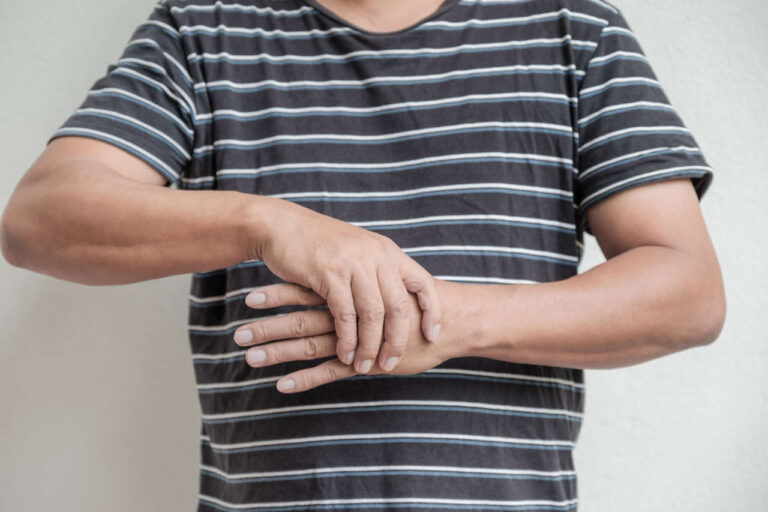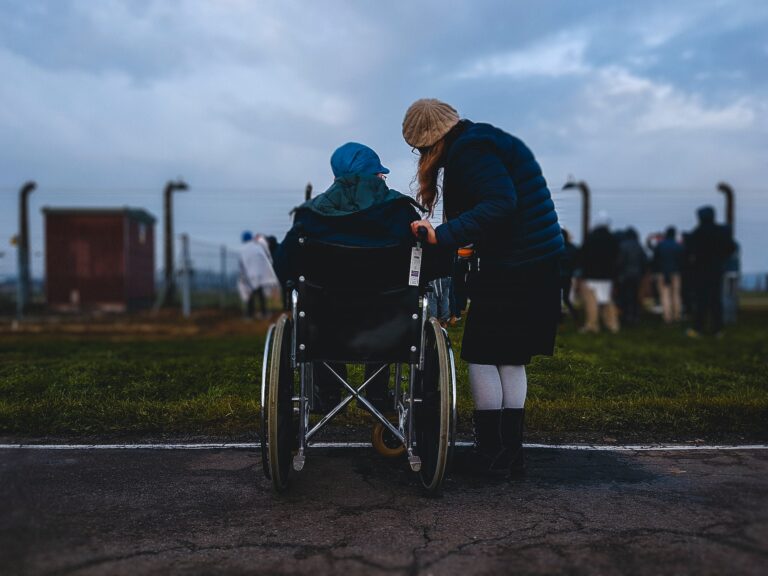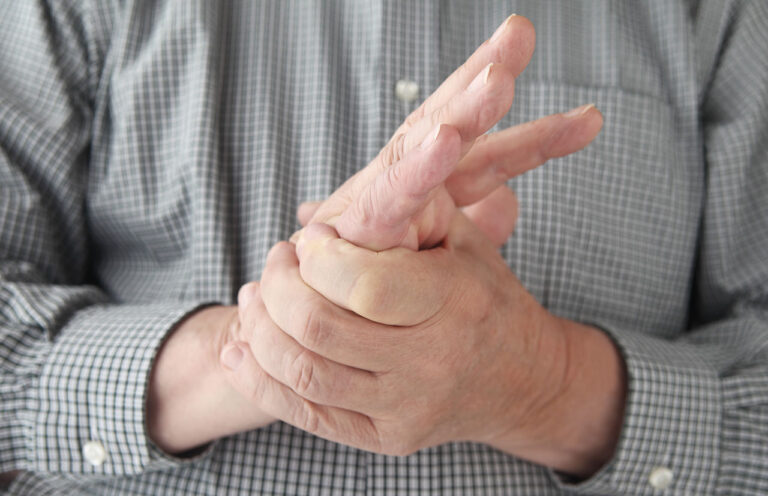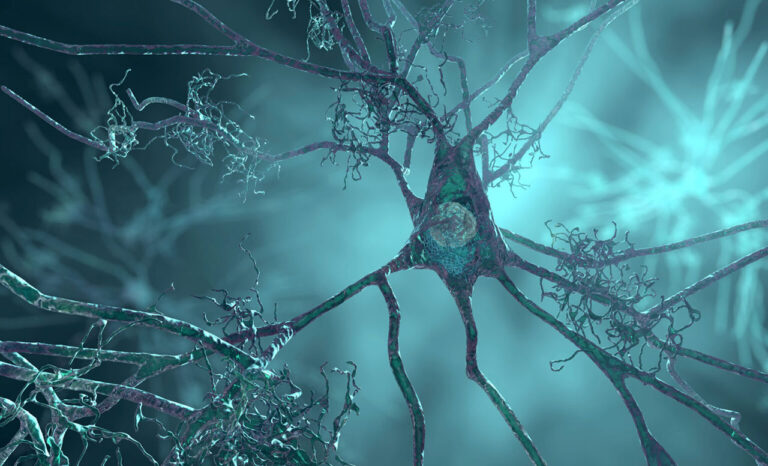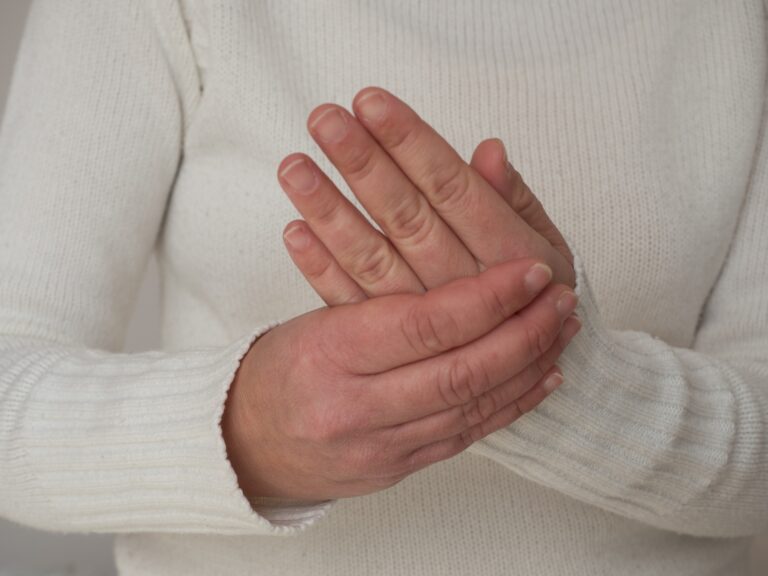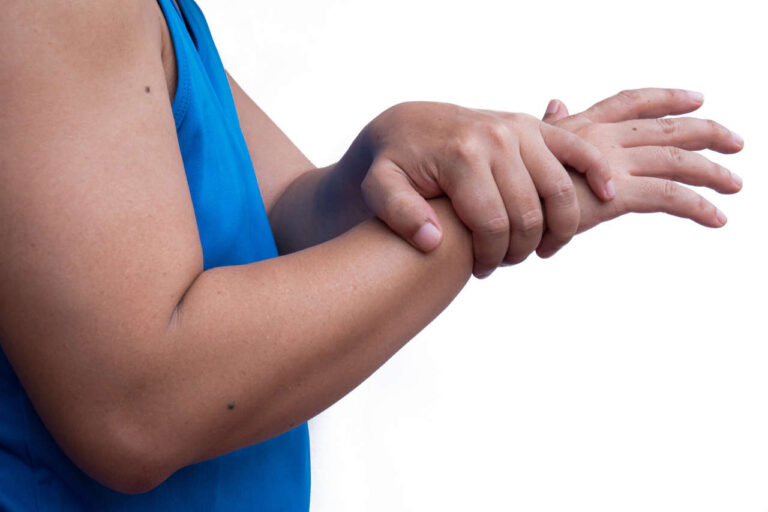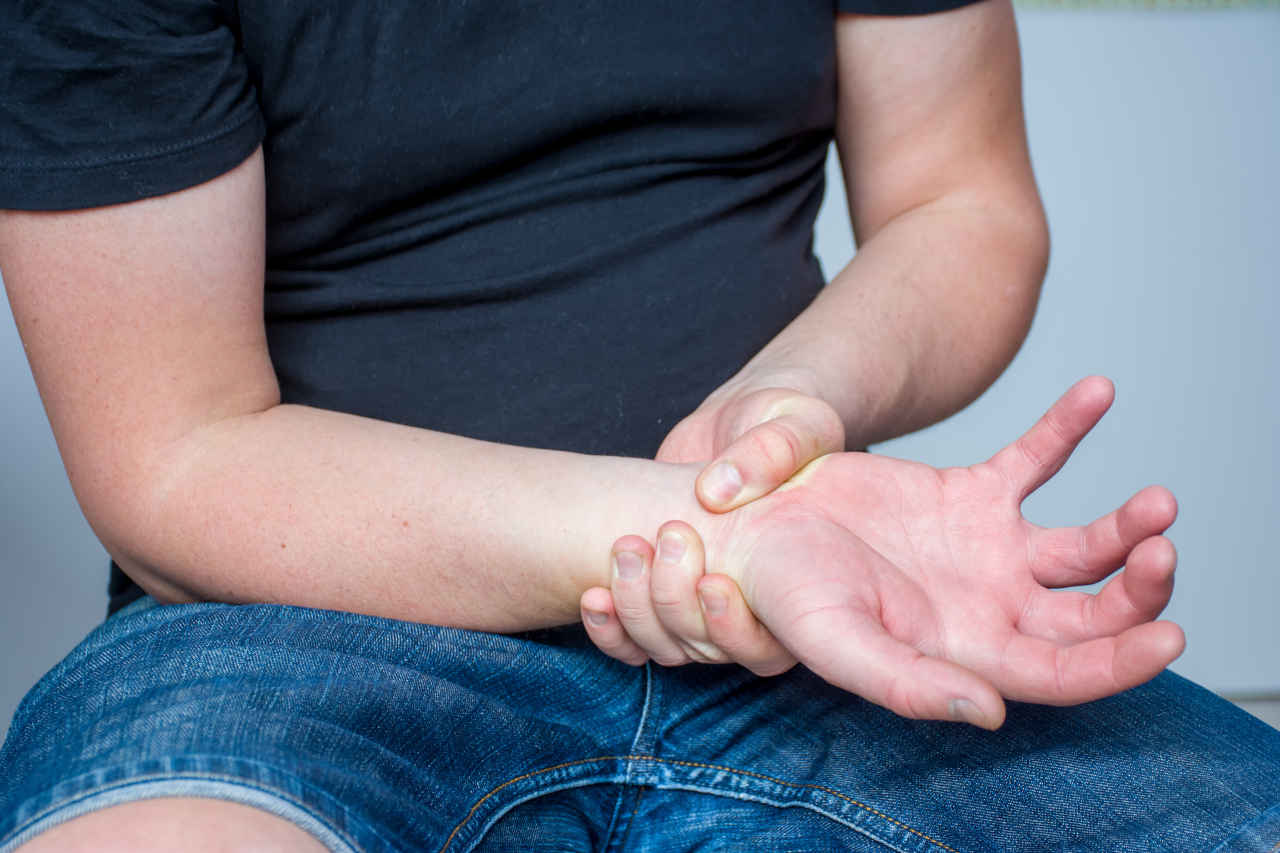
Acute Inflammatory Demyelinating Polyneuropathy (AIDP) and Քրոնիկ բորբոքային դեմիելինացնող պոլինեյրոպաթիա (ՔԲԴՊ) are both neurological disorders in which the body’s immune system attacks its own nerves and can lead to paralysis. While both disorders have similar symptoms, they differ in duration and progression. Understanding the differences can be crucial for your treatment of these disorders.
Ստացեք IVIG համավճարային օգնություն | IVIG ֆինանսական օգնություն
What Is Acute Inflammatory Demyelinating Polyneuropathy (AIDP)?
Acute inflammatory demyelinating polyneuropathy (AIDP) is an autoimmune disorder. It occurs when your body’s immune system mistakenly attacks your peripheral nerves’ protective myelin sheath. This leads to muscle weakness, tingling, and paralysis. AIDP is the most common form of Guillain-Barré Syndrome, and its exact cause is not fully understood.
What Is Chronic Inflammatory Demyelinating Polyneuropathy (CIDP)?
Chronic inflammatory demyelinating polyradiculoneuropathy (CIDP) is another rare type of autoimmune disorder. CIDP affects only 2 to 3 per 100,000 people every year. In this condition, the immune system attacks the peripheral nerves’ myelin sheath over an extended period. It can also cause weakness and paralysis. This condition is more chronic or long-term than AIDP.
What Causes AIDP and CIDP?
The exact causes of AIDP and CIDP are unknown. They are both autoimmune diseases where the immune system mistakenly targets and damages the myelin sheath surrounding peripheral nerves.
Approximately 60 percent of AIDP cases occur suddenly after an infection, vaccination, or surgery [1]. On the other hand, CIDP develops slowly over time, and it does not have any connection to an infection. Both conditions affect the nerves, causing weakness and paralysis to some degree. Scientists are researching why this occurs and how to treat these conditions.
Symptoms of AIDP vs. CIDP
AIDP
The symptoms of AIDP are consistent across all age groups, yet specific symptoms may differ for each person. These are some possible symptoms of AIDP:
- A sudden onset of weakness
- A sensation of tingling and numbness
- Loss of muscle control
- Ցավ
- Perception of touch and other sensations may be affected
- Paralysis of the legs, arms, and face impacting daily activities
- In critical situations, respiratory muscles may be impacted, requiring urgent medical attention
Most people experience symptoms that worsen for up to 4 weeks before stabilizing and eventually improving.
CIDP
Symptoms of CIDP develop slowly over time. It is more progressive than AIDP. The most common symptom of CIDP is muscle weakness that worsens over at least 8 weeks. Other symptoms of CIDP include:
- Tingling and numbness
- Loss of reflexes
- Loss of balance and walking ability
- In some cases, speaking and swallowing difficulties
- Double vision
- Ցավ
- Loss of muscle mass in affected muscles
- Հոգնածություն
These symptoms may change in severity over time. Early diagnosis and therapy are critical for successful disease management.
Diagnosis of AIDP vs. CIDP
The symptoms of AIDP and CIDP are very similar. Because of this, it is very difficult to differentiate between AIDP vs. CIDP at first. Doctors often confuse the symptoms of CIDP with those of AIDP.
The diagnosis of AIDP and CIDP involves considering the onset, duration, and progression of symptoms. These are key points that are useful in the diagnosis of AIDP and CIDP:
- Disease Onset: AIDP occurs suddenly, typically after an infection, surgery, or vaccination. On the other hand, CIDP has a gradual onset, evolving over at least eight weeks.
- Disease Progression: In AIDP, ներymptoms of weakness and numbness progress rapidly over days to weeks. Disease progression is slower in CIDP. If symptoms last more than 8 weeks, then the doctor may suspect CIDP.
- History of Infection: AIDP often follows an infection, while CIDP has no clear link to an infection.
- Nerve Conduction Velocity (NCV) and Electromyography (EMG): These specialized tests can show characteristic patterns of nerve dysfunction, which plays a key role in the diagnosis of AIDP and CIDP.
Խոսեք մասնագետի հետ Copay օգնության մասին
Treatment of AIDP vs. CIDP
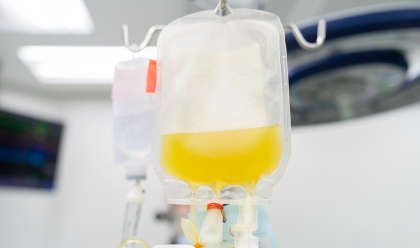
There are several strategies to treat AIDP and CIDP. Among them, իմունոգլոբուլին therapy is the most effective one. Here are the most common treatment options:
Treatment of AIDP
AIDP is most commonly treated with ներերակային իմունոգլոբուլին (IVIG) and plasmapheresis (plasma exchange) [3]. IVIG helps to reduce inflammation, accelerating recovery. Plasmapheresis is a procedure that replaces blood plasma to eliminate harmful antibodies that cause nerve damage.
The treatment also involves the use of pain management medications and physical therapy. In severe cases, patients might need ventilation support.
Treatment of CIDP
The common treatment options for CIDP include intravenous immunoglobulin (IVIG), plasma exchange (PE), steroids, and immunosuppressant drugs [2]. Physical therapy is also useful for patients with CIPD. Doctors may also prescribe pain management medications.
CIDP is a chronic condition that often requires long-term management. Your medical team customizes your treatment for you and regularly monitors your progress.
Հաճախակի տրվող հարցեր
Here are some frequently asked questions about AIDP and CIDP:
1. Can I Fully Recover From CIDP?
Early detection and treatment can improve your balance, strength, and quality of life. CIDP requires long-term treatment. Sometimes, your symptoms may disappear for a while and then worsen again. People may recover entirely from CIDP, but they may have signs of nerve damage like numbness and weakness for the rest of their lives.
2. How Long Does It Take To Recover From AIDP?
With proper treatment, recovery can take months to a year. About 77 percent of patients can walk independently within 6 months [3]. However, for some people, recovery can take up to 3 years.
3. Can AIDP or CIDP Recur?
AIDP is typically a one-time occurrence. However, CIDP can be chronic and recurring. Some people with CIDP may have periods of recovery followed by relapse.
Հղումներ՝
- Peripheral demyelinating and axonal disorders. (n.d.). https://collections.lib.utah.edu/dl_files/c6/02/c602fcad35455a41a40effc0494d3a2dfe40eeb8.pdf
- Oaklander, A. L., Lunn, M. P., Hughes, R., Van Schaik, I. N., Frost, C., & Chalk, C. (2017). Treatments for chronic inflammatory demyelinating polyradiculoneuropathy (CIDP): an overview of systematic reviews. The Cochrane Library, 2017(1). https://doi.org/10.1002/14651858.cd010369.pub2
- Knadmin. (2023, December 13). AIDP/CIDP Part 2: Treatment. PM&R KnowledgeNow. https://now.aapmr.org/aidpcidp-part-2-treatment/

